In the same line as the urban inventory management plugins previously developed for the city hall of Pozuelo de Alarcón and Avilés, we have carried out a new work for inventory management, in this case it will be the botanical inventory of the Santander Bank in the cities of Pozuelo de Alarcón and Madrid.
Despite sharing a lot, this plugin requiered some modifications for the peculiarities of this inventory. We moved on to having fewer shapes, focusing only on general trees, olive trees, bushes, shrub thickets and grasslands. However, the data available for each shape, specially for olive trees and shrub thickets, required a complete reformulation of the data model.
The olive trees have a data model that distinguish them from the other trees, they have a name, date, and being all the elements of the same species, the classification of families and species, and the symbology asociated, had to be replaced. The customer also have pictures of the olive trees, and of other shapes too. To mantain the lightness of the data base and ensure the agile handling of the shapes, an action was introduced that enables the pictures to be opened in the web browser. This allows to make a fast query of the pictures, but avoids the problems that loading a hole shape of pictures may cause.
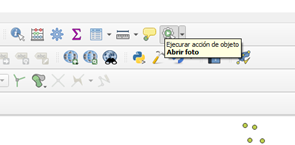
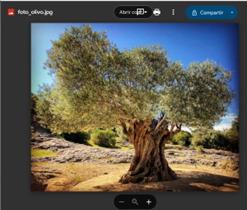
In the case of shrubs thickets, they are kept as polygonal entities, but we now face multispecies polygons, on which they can coexists up to three species. This required first a change in the logic of the data base, so it can adapt to the existence of several species and to guarantee the logical order of the species inside the table, preventing, for example, that that a species occupy the value of the third species, if there is no species in the place of the main species. A style was created that analyze the amount of species of each polygon and respects the symbology of the main species, but indicating that it is not the only species in that space.
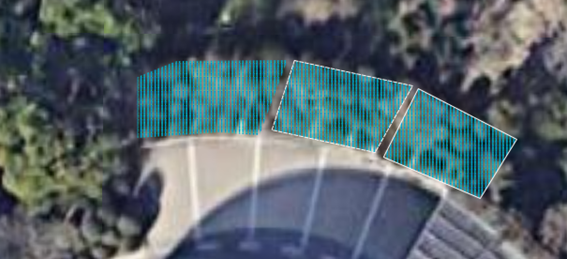
Another innovation introduced, upon the customer request, was a species finder. In previous plugins, to find a species we had to chose first a family and inside it we chose the species. Now, although it can still be done this way, a finder was implemented that search among the species of all families if the family field is blank and can search for the species inside a specific family.
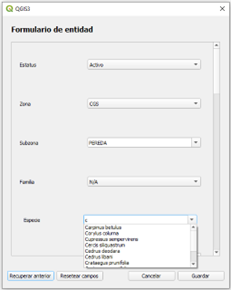
In additon to this innovations, the plugin maintains all the capabillities of the previous ones, giving the control for creation, removal and editing of entities for the “user” access level, user administration for the “admin” level and an additional “visitor” level that allows to make queries without the possibility of making changes in the data base.
Customer:
If you need help with a similar project, contact us here TYC GIS.


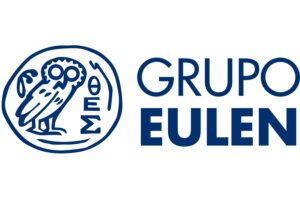

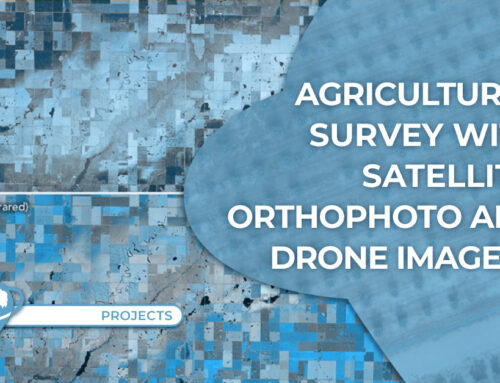
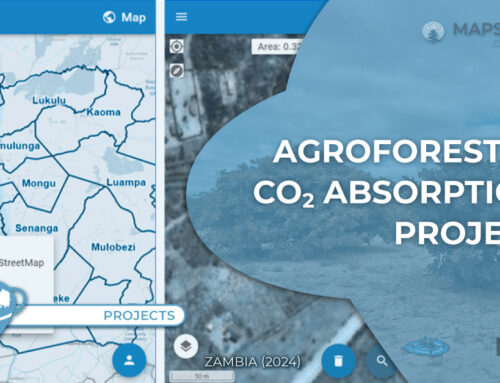
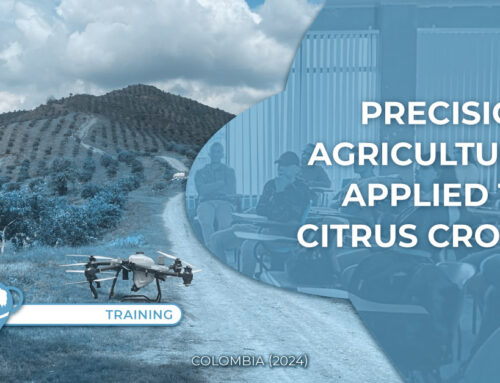
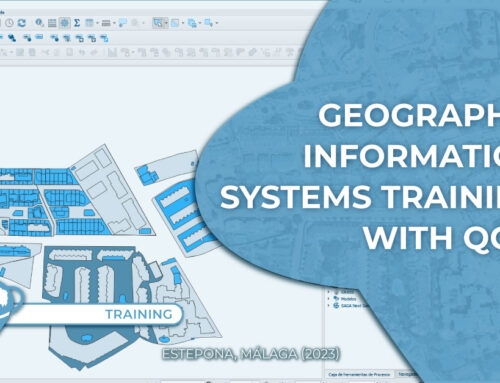
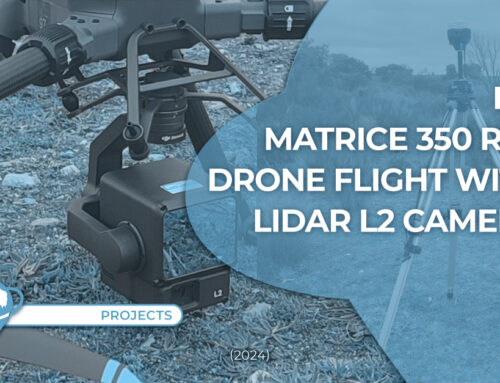
Leave A Comment